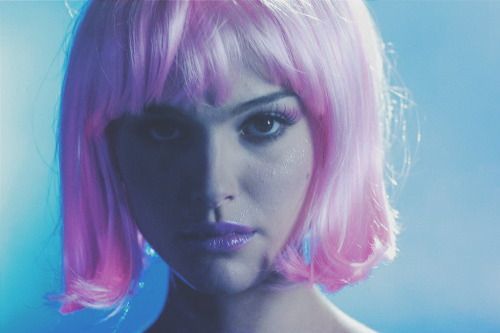An ambiguous, sexually desired woman stands front and center on the screen. Although the light shines so brightly on her, we know so little about her shadow: a darker version of this sweet, smiling woman.
However, the audience will only ever know of her from an older, male perspective instead of from a female viewpoint.
Dolly Loves Daddy is a film dedicated to seeing the sexually desired female’s side of the story. University of Iowa alumna Taylor Edelle Stuart directs, and Michael Tisdale is the writer of the upcoming film.
Much of the story is inspired by Lolita and all the other vague, sexually desired women in novels and films.
The film begins at a train station, where Dolly, a confused, quirky, beautiful girl, runs into a mysterious, older male figure, known as “The Man,” who could possibly be her father.
Dolly Loves Daddy will not only cover this theme of the manic pixie dream girl in a millennial body, it will also sneak a glimpse into a few sexual fantasies and good humor.
Stuart, also the title character, was inspired by films that played on the “manic pixie dream girl” trope, seen in movies such as American Beauty, and Almost Famous.
“The female experience has been co-opted and told through the perspective of male writers and directors since the beginning of film,” Stuart said.
Perhaps the strongest inspiration comes from the novel Lolita. In the novel, Dolores, nicknamed Lolita, is essentially abducted by a man called Humbert Humbert.
The novel, though beautifully written, focuses on Humbert’s sexual thoughts toward the young girl. Lolita is perceived from the eyes of a pedophile, but brands the name of a 12-year-old girl as its title.
Dolly Loves Daddy is intimate, especially in the characters’ conversation. Dolly is portrayed as a confused millennial who doesn’t know she is actually looking for herself. The Man did not walk on the train wanting this relationship, but the two somehow wind up together.
Anna Barker, a UI adjunct assistant professor of Russian, described Lolita as having “not a care in the world, externally. But internally, there is a raging struggle.”
There is a sense of danger in the plot, seen not only with The Man but with Dolly as well. In the end, it is still Dolly’s story to tell.
It’s an experiment for both the writer and director, because they will be both behind the camera as writers and directors but also in front of the camera as the cast.
The two will film the movie in an Amtrak sleeper car, constructing an even more intimate environment for the film. The train will be in motion while the two forge the cinematic piece.
“You think you’re setting out to tell one story, and after you film it, the story can start to reveal itself [as] something different from you imagined,” Tisdale said.



